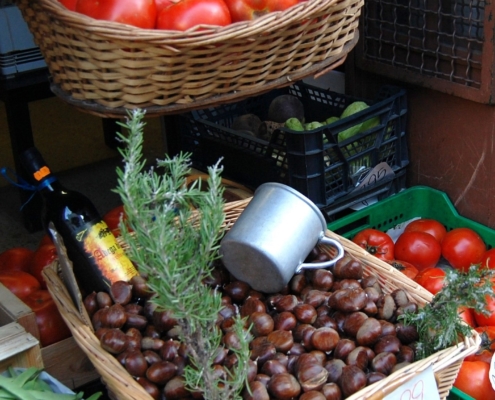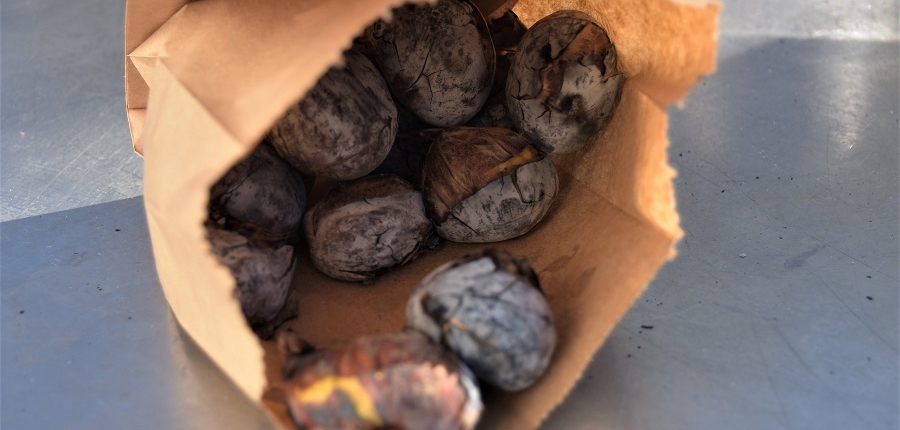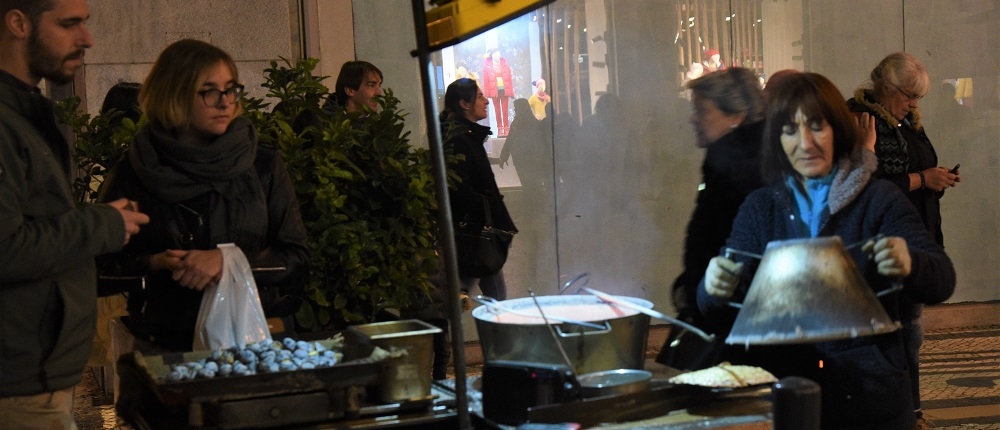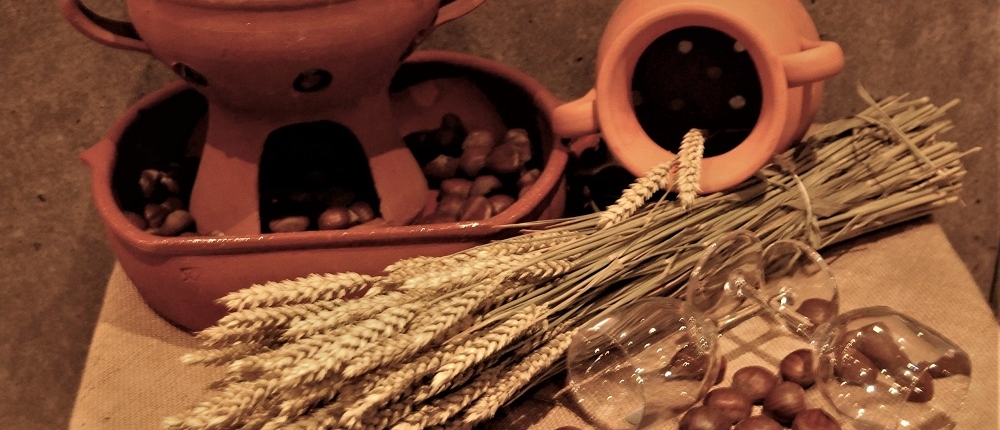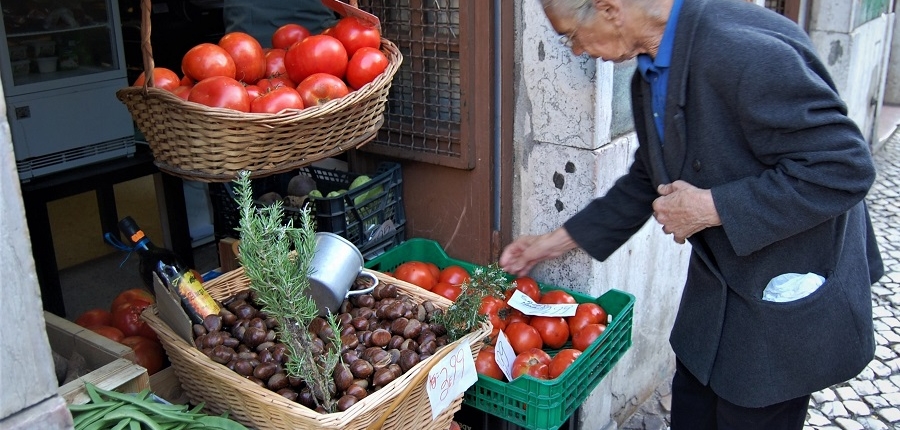Chestnuts and “Magusto” a portuguese tradition
Magusto the friend of chestnuts. We don’t know where the name comes from.
But the tradition returns in autumn when the chestnuts are picked.
In some areas, it has been said that the tradition is of pagan origin: chestnuts were placed in a container to feed the dead, and they could not be touched. Nowadays, roasted chestnuts are passed with jeropiga (brandy is added to grape must to stop fermentation) or agua-pé, which is a mixture of grape juice, water and brandy.
Others prefer new wine.
As in France, the month of November and the following ones are used to make orgies of the chestnut fruit.
Along with Italy, Portugal is one of Europe’s main producers (12% of world production dominated by China). You have to go to the north of the country, to the regions of Minho, Trás-Os-Montes and Beiras to find chestnut plantations.
Portugal exports a lot… mainly to France to make a very popular confectionery that is not found in Portugal: marrons glacés.
The tradition of street roasters.
They can be found on every street corner in Portugal – and elsewhere in Europe. Not so long ago, merchants used to scream to attract customers. The “quentes e boas” resonated everywhere.
In Portuguese said “pregoar”. It consists in emitting a loud melody to dominate the noise of the street. This tradition no longer exists, and that is a pity: it was very characteristic and the expression “quentes e boas” (good ans wharm) has become part of the common language .
Grilling was done over a wood fire. From now on, the specific stoves are heated with gas. The added coarse salt prevents the fruit from blackening the fingers, and gives taste.
The street roasters season can during six months. Count 2.50€ per dozen in the street… and between 2.50 and 4 euros per kilo of fresh fruit in the grocery store.
“Magusto” , the chestnut/jeropiga association, celebrates Saint Martin – São Martinho – on November 11.
But the variants exist from north to south of the country, and “magusto” can be practiced throughout the month of November.
The Saint Martin in question is the one of Tours, who split his coat in two to give it to a beggar. The cold that was then gone. Thus was born the summer of St. Martin’s Day and a moment of respite in the cold autumn that heralds winter, according to legend.
Moreover, it is recommended to split the chestnuts with a knife to prevent them from exploding when roasting

